Angola Flag Meaning
Two horizontal stripes of red and black with a yellow emblem in the center featuring a machete, star, and half gear wheel, representing the blood shed for independence, the African heritage, and the tools of liberation - agricultural work, socialism, and industrial progress.
- Continent
- Africa
- Adopted
- 1975
- Ratio
- 2:3
- Colors
- red, black, yellow
- Designer
- Unknown

Symbolism
Red Stripe: Represents the blood shed by Angolans during their struggle for independence from Portuguese colonial rule and the continued sacrifices made to build the nation, symbolizing the courage and determination of the people.
Black Stripe: Represents the African heritage and identity of the Angolan people, symbolizing the connection to the broader African continent and the pride in African culture and traditions.
Yellow Machete: Represents agriculture and the peasantry who formed the backbone of the liberation struggle, symbolizing the rural population's contribution to independence and the importance of farming to Angola's economy.
Yellow Star: Represents socialism, international solidarity, and progress, symbolizing the MPLA's Marxist-Leninist ideology that guided the independence movement and early years of the republic.
Yellow Gear Wheel: Represents industry and the working class, symbolizing the industrial development goals of the new nation and the urban workers who supported the liberation movement.
History
- Pre-1500: Various Bantu kingdoms including the Kingdom of Kongo, Ndongo, and Matamba controlled different regions, developing sophisticated political systems, trade networks, and cultural traditions that would influence Angolan identity.
- 1575-1975: Portuguese colonization began with the founding of Luanda, establishing one of the longest-lasting colonial relationships in Africa while exploiting slave labor and natural resources for four centuries.
- 16th-19th Century: Angola became a major source of enslaved people for the Atlantic slave trade, with an estimated 5.5 million Africans shipped to the Americas, devastating local populations and societies.
- 1961: Armed struggle for independence began simultaneously with uprisings in Luanda and the north, leading to the formation of three liberation movements: MPLA, FNLA, and UNITA.
- 1974: The Carnation Revolution in Portugal ended the dictatorship and began decolonization, leading to the Alvor Agreement between Portugal and the three Angolan liberation movements.
- November 11, 1975: Angola gained independence with the MPLA declaring the People's Republic of Angola and adopting the current flag, though civil war immediately erupted between the three movements.
- 1975-1991: The first phase of civil war saw MPLA (backed by Cuba and Soviet Union) fighting UNITA (backed by South Africa and United States) in a devastating Cold War proxy conflict.
- 1991-1992: The Bicesse Accords ended the first civil war and led to multiparty elections, but UNITA rejected the results after losing, leading to an even more destructive second phase of conflict.
- 1992-2002: The second civil war was particularly brutal, with an estimated 500,000 deaths and millions of refugees and internally displaced persons, making it one of Africa's longest and deadliest conflicts.
- February 22, 2002: UNITA leader Jonas Savimbi was killed in combat, leading to a ceasefire and the end of the civil war after 27 years of conflict that devastated the country.
- 2002-2017: Post-war reconstruction under President José Eduardo dos Santos used oil revenues to rebuild infrastructure, though corruption and authoritarianism limited democratic development and equitable growth.
- 2017-Present: President João Lourenço has implemented anti-corruption measures and economic reforms while maintaining MPLA dominance, though Angola faces challenges with oil dependence and inequality.
Trivia
- Angola is the seventh-largest country in Africa and has a coastline of over 1,600 kilometers along the Atlantic Ocean, providing important access to maritime trade and fishing resources.
- The flag represents Africa's second-largest oil producer, with petroleum accounting for over 90% of exports and government revenues, making the economy heavily dependent on global oil prices.
- Angola is also rich in diamonds, particularly in the northeastern provinces, with diamond mining contributing significantly to the economy though often associated with conflict financing during the civil war.
- Portuguese is the official language, making Angola part of the Lusophone (Portuguese-speaking) world, though dozens of Bantu languages are spoken including Umbundu, Kimbundu, and Kikongo.
- The civil war made Angola one of the most heavily mined countries in the world, with millions of landmines still posing dangers to civilians despite extensive demining efforts since 2002.
- Luanda, the capital, became one of the world's most expensive cities due to oil wealth and poor infrastructure, though recent economic changes have reduced costs significantly.
- The flag flies over a country where traditional music and dance remain important, with semba being the national dance and influencing the development of Brazilian samba through cultural connections.
- Angola has significant agricultural potential despite the civil war's disruption, with fertile highlands suitable for coffee production and coastal plains good for various crops.
- The country is experiencing rapid reconstruction and development, with massive infrastructure projects including new roads, railways, hospitals, and schools funded by oil revenues and Chinese investment.
- Traditional Angolan cuisine features dishes like muamba de galinha (chicken stew), calulu (dried fish and vegetable stew), and funge (cassava porridge), reflecting indigenous and Portuguese influences.
- The flag represents a young population with over 60% under age 25, creating opportunities for growth but also challenges for education, employment, and social services.
- Angola's Kalandula Falls are among Africa's largest waterfalls, while Kissama National Park and other conservation areas protect wildlife including elephants, which are slowly recovering from war disruption.
- The country has strong cultural ties to Brazil due to historical slave trade connections, with Brazilian soap operas being popular and cultural exchange programs promoting cooperation.
- Despite oil wealth, Angola faces significant development challenges including high infant mortality, limited access to clean water and electricity, and widespread poverty outside major cities.
- The flag represents a country working to diversify its economy beyond oil dependence, promoting agriculture, manufacturing, and tourism while addressing the legacy of decades of conflict.
Related Countries
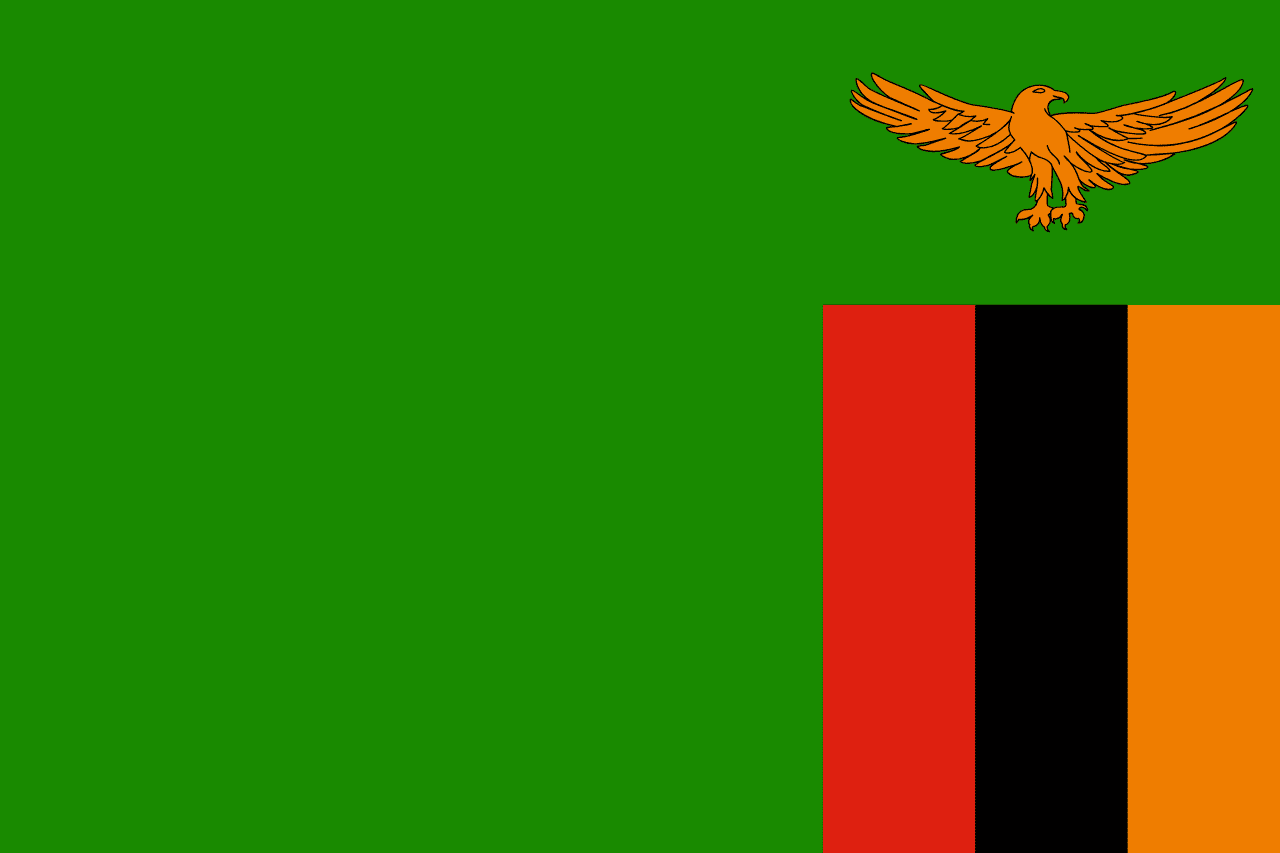
Zambia
Africa
A green field with three vertical stripes of red, black, and orange in the lower right corner and an orange eagle above the stripes, representing the country's natural wealth, the struggle for freedom, the African heritage, the mineral wealth (particularly copper), and the ability to rise above problems.
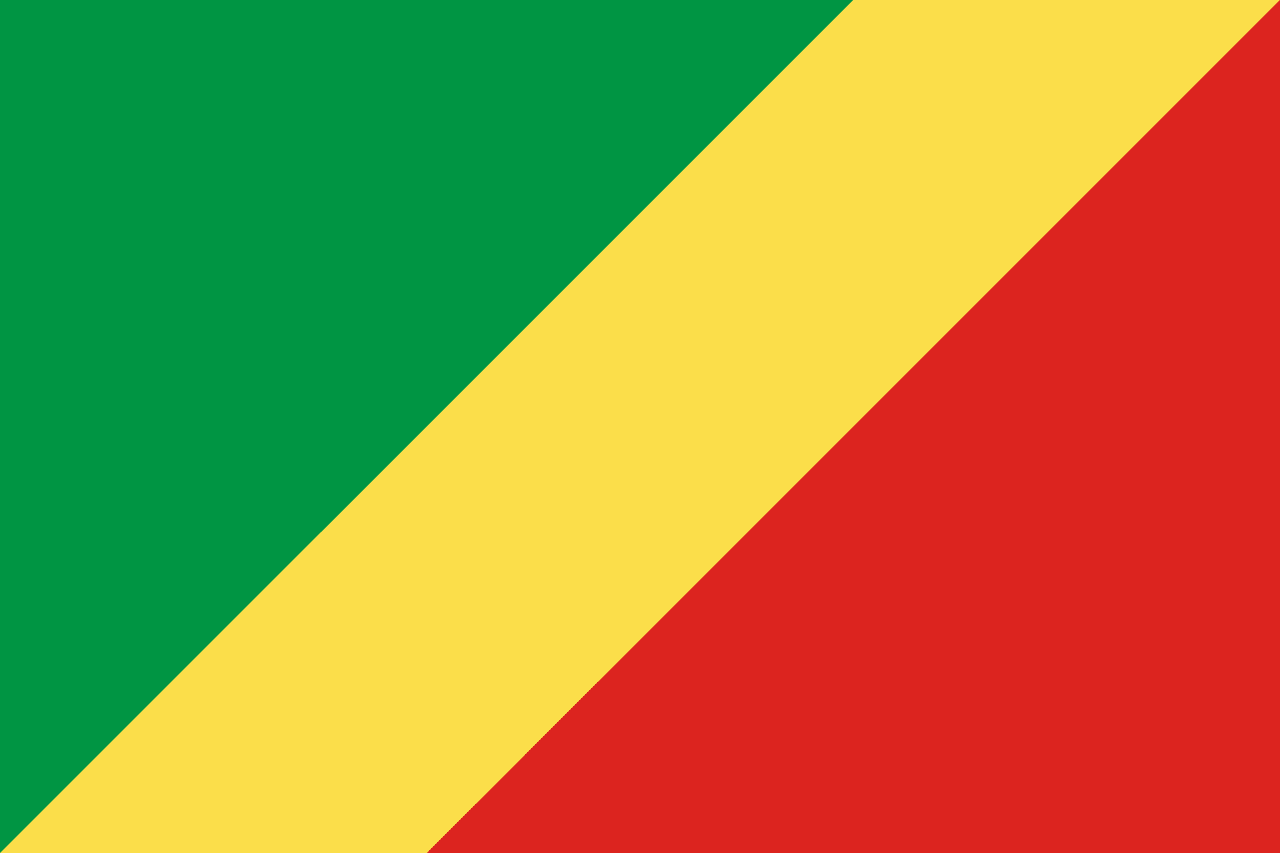
Republic of the Congo
Africa
A diagonal tricolor with green in the upper hoist, red in the lower fly, and yellow diagonal stripe separating them, representing the forests, the struggle for independence, and the friendship and nobility of the Congolese people.
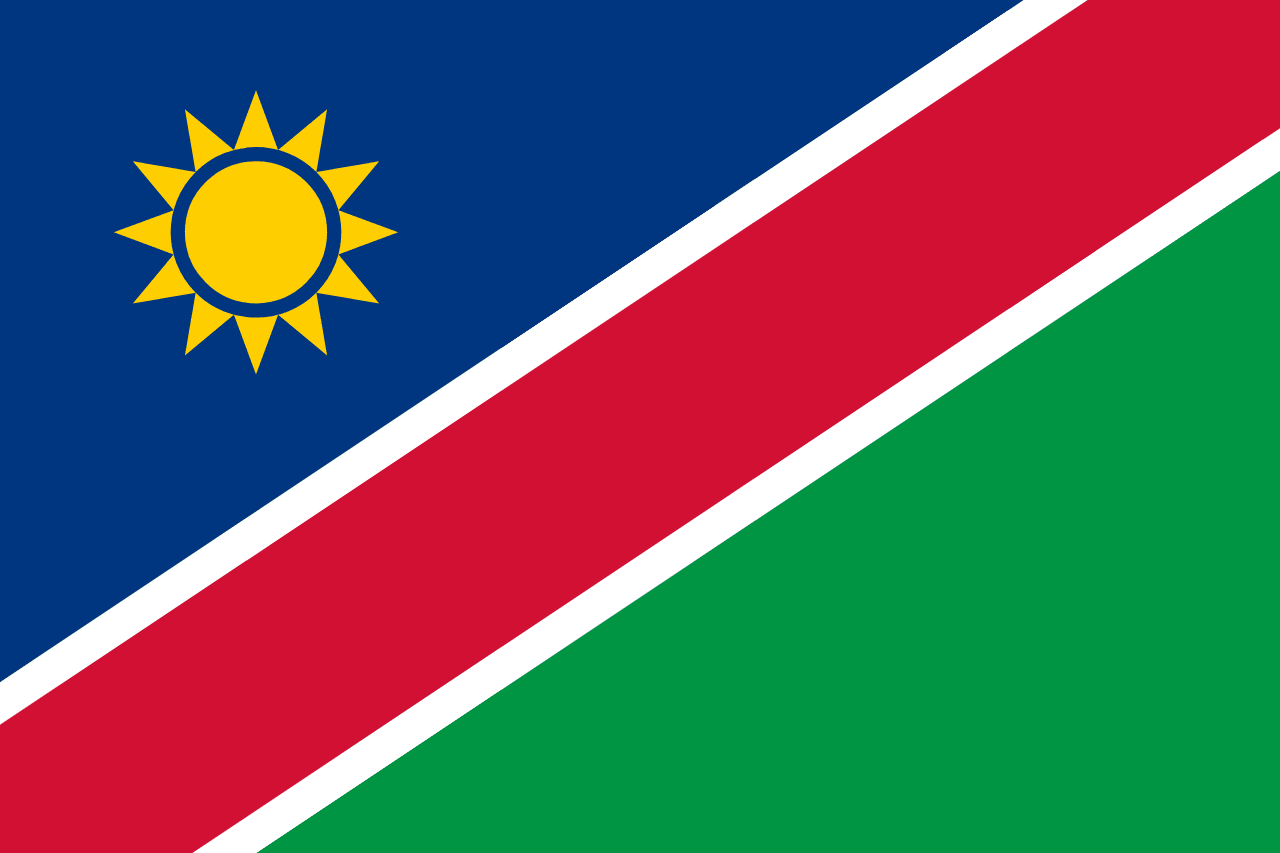
namibia
Africa
A diagonal tricolor divided from the lower hoist to upper fly by a red band with white borders, with blue in the upper hoist containing a golden sun, and green in the lower fly. The design symbolizes Namibia’s land, people, and resources.
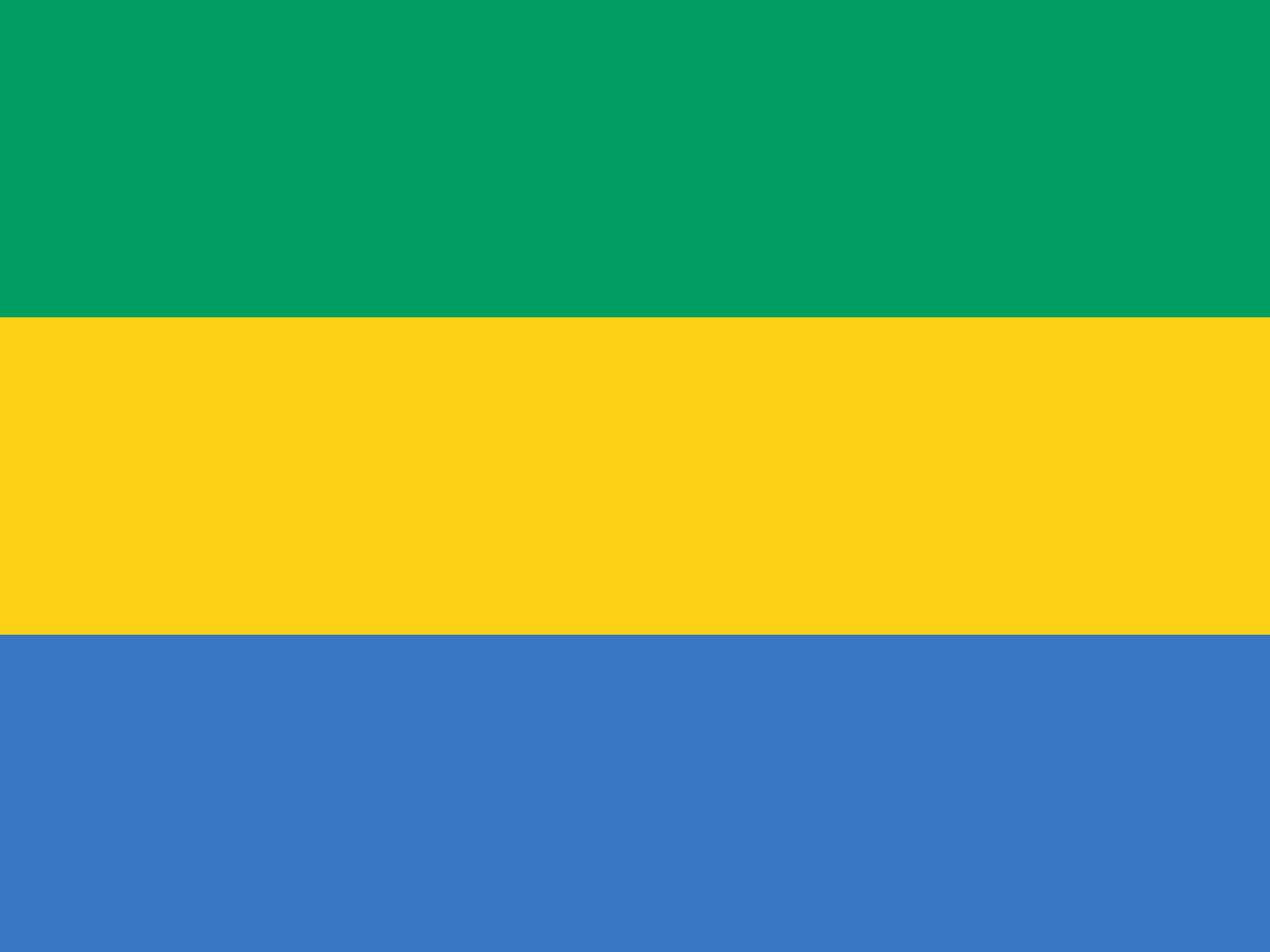
Gabon
Africa
Three horizontal stripes of green, yellow, and blue representing Gabon's equatorial forests, the equator itself, and the Atlantic Ocean, adopted upon independence from France.
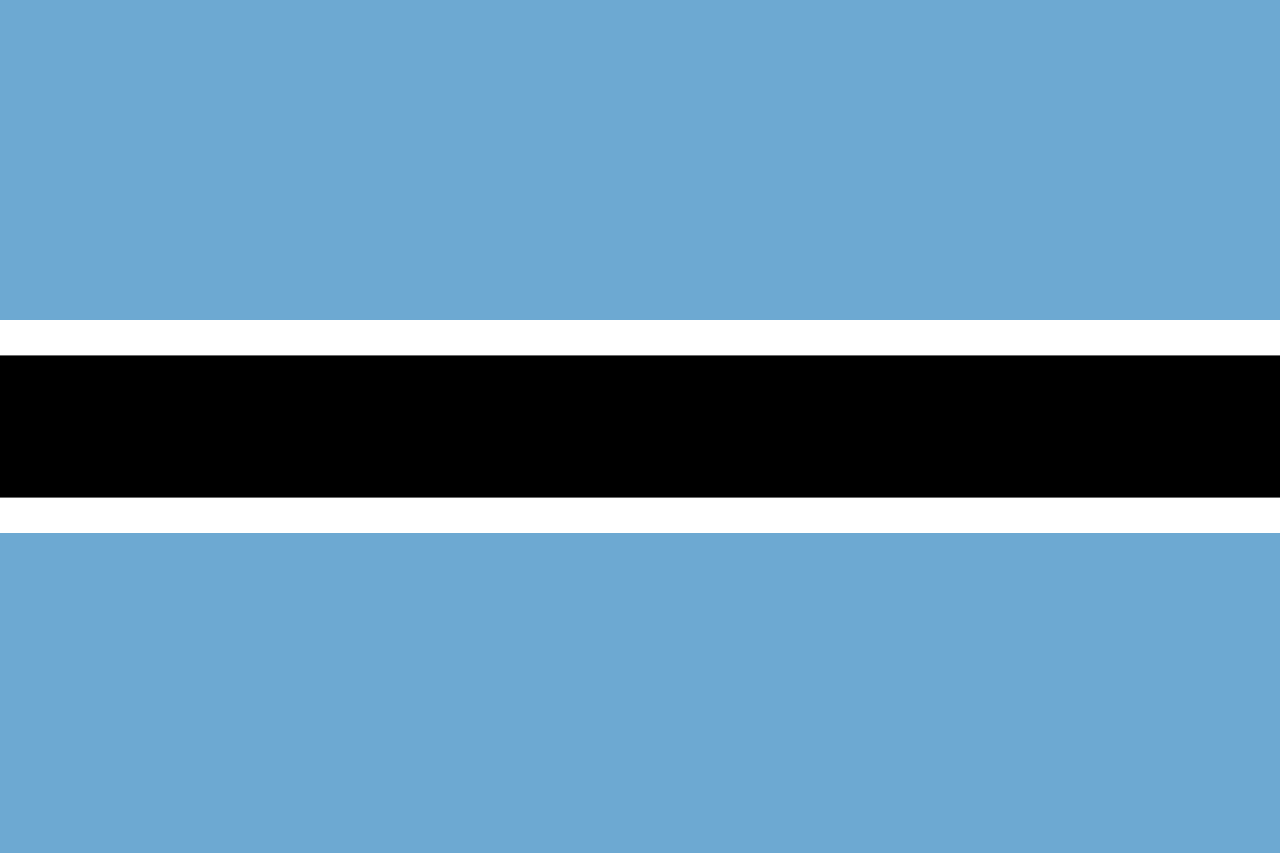
Botswana
Africa
Light blue field with a central black horizontal stripe bordered by thin white stripes, representing the life-giving rains, racial harmony, and the zebra that symbolizes the coexistence of black and white people in peace.
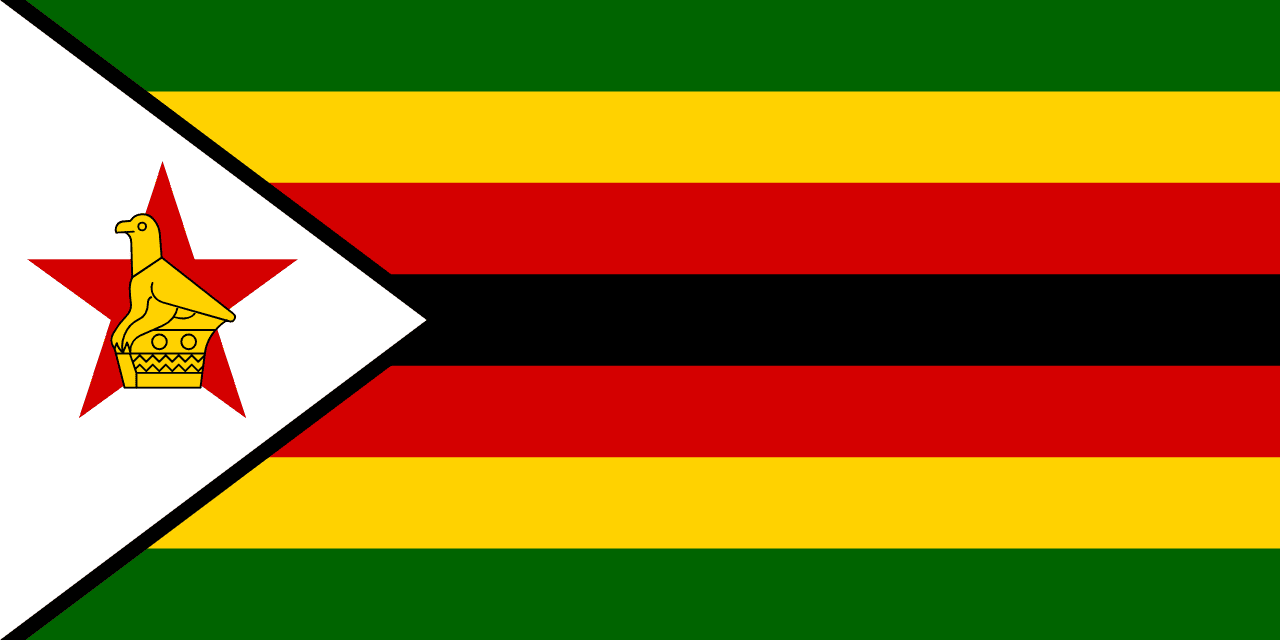
Zimbabwe
Africa
Seven horizontal stripes alternating green, yellow, red, black, red, yellow, green with a white triangle at the hoist containing a red five-pointed star and the Zimbabwe Bird, representing the nation's agricultural wealth, mineral resources, blood shed for independence, the African people, peace, and the ancient civilization of Great Zimbabwe.